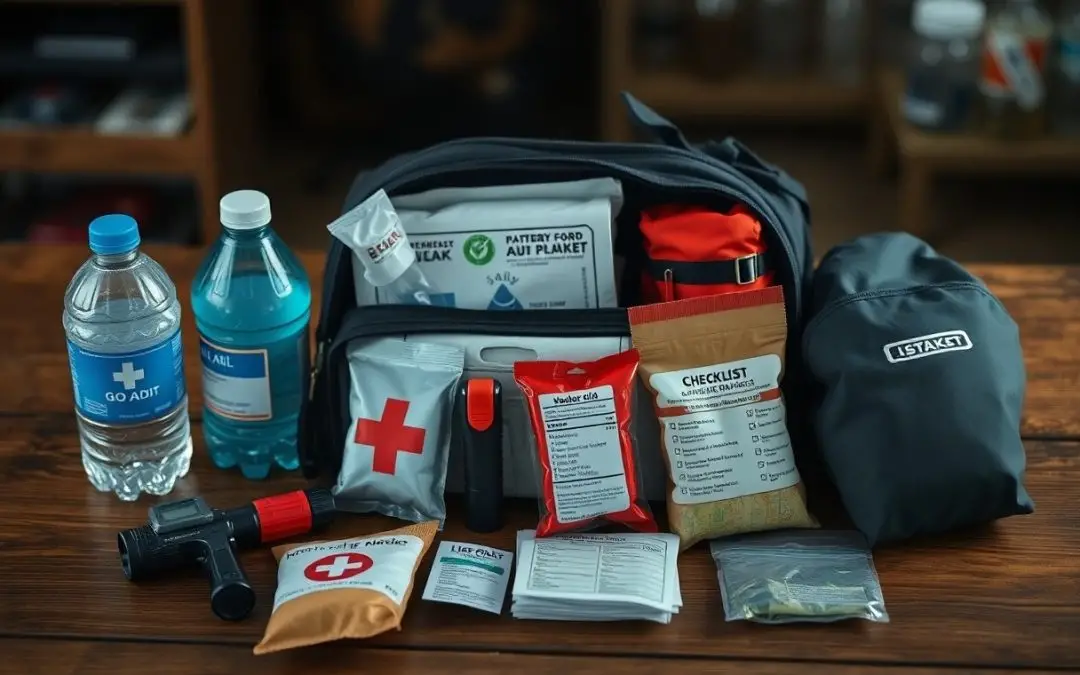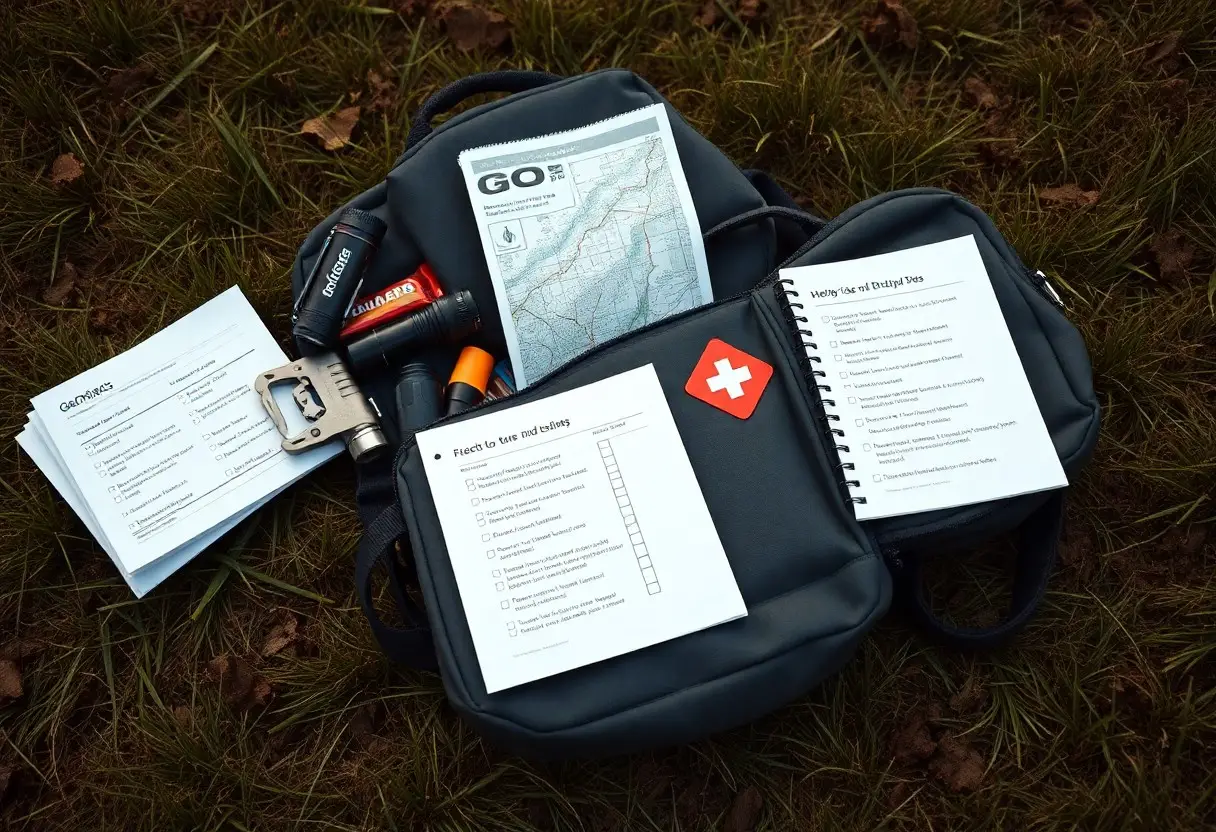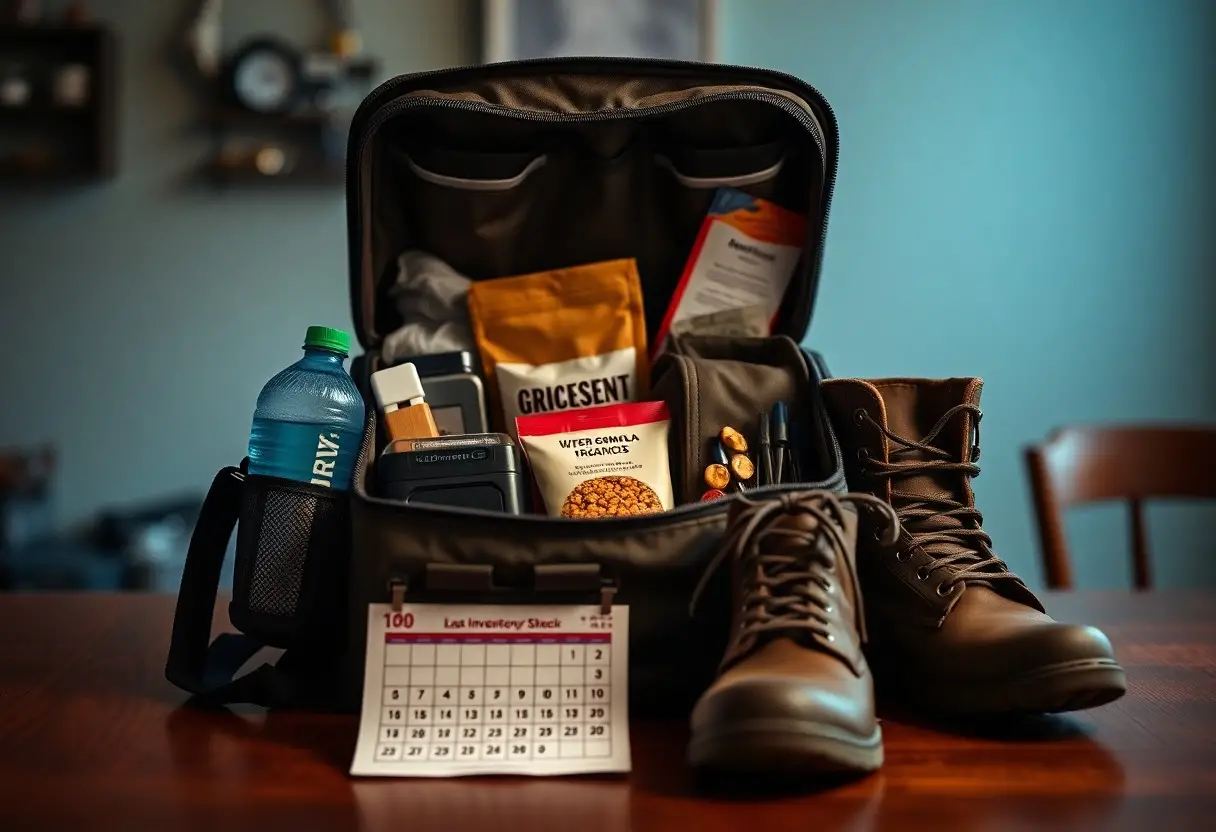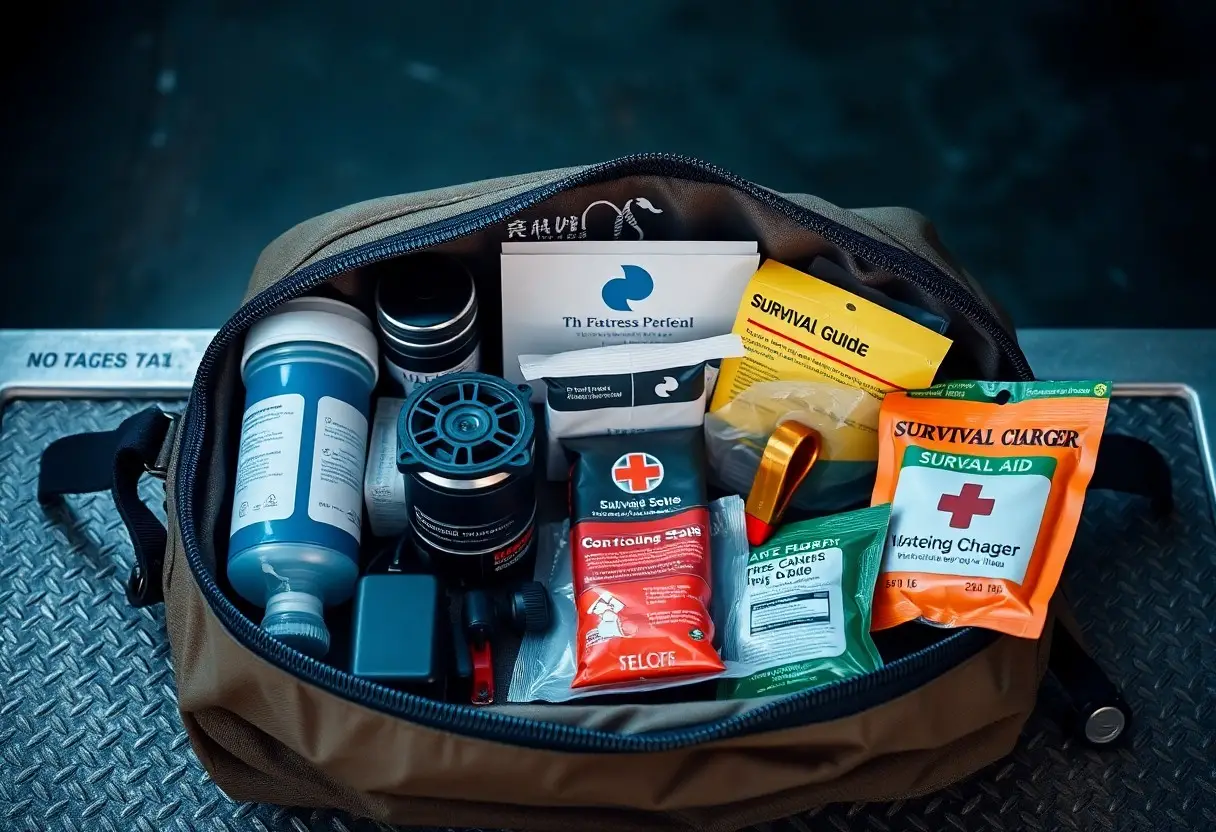Over time, the supplies in your go bag can become outdated or depleted. Regularly rotating and refreshing these items ensures that you are fully prepared for emergencies. In this guide, you will learn practical steps to assess your current supplies, replace what’s necessary, and enhance your go bag to meet your evolving needs. Keeping your go bag in top shape is important for your safety and peace of mind during unexpected situations.
Timing Your Go Bag Refresh: The Science of Preparedness
Scheduling regular refreshes for your go bag ensures optimal readiness. Aim for semi-annual checks, ideally in spring and fall, to align with natural weather shifts and prepare for events like hurricanes or winter storms. This frequency allows you to stay ahead of potential emergencies while accounting for any new threats that may arise over time.
Understanding Shelf Life and Expiration Dates
Every item in your go bag has a specific shelf life, making it imperative to monitor expiration dates diligently. Non-perishable food items, for example, often last several years, while items like medications or batteries have significantly shorter lifespans, typically expiring within one to three years. Regularly check labels and replace items before they expire to ensure you remain prepared.
Seasonal Considerations for Go Bag Supplies
Seasonal variations can greatly impact the items you need in your go bag. For instance, warmer months may demand extra hydration supplies, while colder months necessitate thermal blankets and hand warmers. Adjusting your supplies based on seasonal threats can increase your comfort and safety during emergencies, ensuring that your bag remains relevant throughout the year.
Additionally, by considering the seasons, you can utilize multi-functional items to save space in your bag. In winter, insulated containers not only store hot liquids but can also double as hand warmers or cooking devices. For summer, light clothing and insect repellent become vital, alongside waterproof bags for protecting supplies from summer storms. Tailoring your go bag to seasonal needs ensures that you’re always a step ahead, ready for any challenge that comes your way.
Essential Inventory Check: What to Keep and What to Discard
Conducting an important inventory check helps ensure your go bag remains effective for emergencies. By evaluating the current supplies and deciding what to keep, discard, or replace, you can maintain an organized and functional emergency kit tailored to your needs.
Evaluating Current Supplies: A Step-by-Step Guide
| 1. Empty your go bag | Lay out all items to visually assess them. |
| 2. Check expiration dates | Look for items with expired shelf lives and replace them. |
| 3. Inspect for damage | Examine items for wear and tear; discard those that are broken. |
| 4. Evaluate usefulness | Decide if the item will serve its purpose in a crisis. |
| 5. Update your list | Keep an updated inventory of what’s in your go bag. |
Identifying Items That Need Replacement or Upgrading
Keep an eye out for items that have reached the end of their usefulness or require improvement for better efficiency in emergency situations. For instance, outdated food supplies should be replaced with fresh options, while tactical gear may need upgrades to accommodate advancements in technology or personal safety standards.
Assessing items for replacement involves considering their age, functionality, and relevance to your current emergency plans. Multitools, batteries, and first aid supplies should be of high quality and in working order. If any items do not align with your current preferences or requirements, replace them with more robust alternatives, like a water filter instead of iodine tablets for water purification, ensuring your go bag is ready for any situation. Regular updates keep your supplies aligned with modern standards and personal needs.
Strategic Upgrades: Enhancing Functionality and Safety
Enhancing your go bag extends beyond simply replacing old items; it means integrating advanced tools and equipment that elevate both functionality and safety. Assessing your current supplies and identifying gaps allows for the incorporation of items that address various scenarios. From improved first aid kits to communication devices, strategic upgrades can significantly increase your preparedness for emergencies.
Investing in Multi-Use Tools and Equipment
Multi-use tools are a game changer, maximizing your go bag’s utility without adding extra weight. Consider adding a high-quality multi-tool that includes functions like cutting, screwing, and opening bottles. Such devices save space and provide flexible solutions in uncertain situations, whether you’re building shelter or preparing food.
Incorporating Innovative Technology for Modern Survival
The advent of technology in survival gear has opened up new possibilities for preparation. Solar-powered chargers, compact satellite phones, and emergency GPS devices can drastically improve your situation in austere environments. With these innovations, you can maintain communication and access navigation tools without traditional power sources, important for any emergency situation.
For instance, solar-powered chargers can provide energy for your devices, ensuring they remain operational when it matters most. Devices like the Garmin inReach allow for two-way messaging and emergency SOS features, connecting you with help during crises. Incorporating wearable tech, such as fitness trackers with GPS, can also help monitor your health and location, further enhancing your situational awareness. These modern technologies empower you to remain self-sufficient and responsive even in the most challenging circumstances.
Personalization and Family Needs: Tailoring Your Go Bag
Your go bag should be tailored to meet the specific needs of you and your family. Consider individual requirements such as age, health conditions, and mobility challenges that may necessitate unique items or modifications. For instance, if you have young children, including age-appropriate food, toys, and personal comfort items can make a significant difference. Similarly, elders or those with health issues may require medications and assistive devices to ensure their safety and well-being during emergencies.
Considering Individual Requirements: Age, Health, and Mobility
Age and health conditions play a pivotal role in customizing your go bag. For very young children, stock items like diapers, baby wipes, and portable snacks are important. Senior family members may require extra medical supplies or mobility aids, such as walkers or canes. Always evaluate the specific needs of each family member, ensuring that caregivers can efficiently support everyone during an emergency.
Including Important Documents and Contact Information
Including important documents and contact information in your go bag is an important aspect of preparedness. Store items like identification cards, medical records, and emergency contact lists in a waterproof pouch. This ensures that you have immediate access to critical information in challenging situations. Additionally, consider digital backups on a USB drive for an extra layer of security.
An organized collection of important documents inside your go bag will save you time and stress during emergencies. Include copies of passports, insurance policies, and medical prescriptions for each family member. Emergency contacts should detail not only family members but also neighbors and friends who can assist. Keeping all this information readily accessible ensures seamless communication and better decision-making when every second counts.
Routine Maintenance: Making Go Bag Checks a Habit
Routine maintenance involves integrating regular checks into your schedule to ensure your go bag remains in peak condition. Consider setting specific intervals for these audits, such as every six months or coinciding with seasonal changes. By establishing a consistent practice, you create an opportunity not only to refresh supplies but also to evaluate the functionality of items as your needs evolve.
Setting Reminders and Scheduled Audits
Incorporate digital reminders or simple calendar alerts to keep your go bag checks top of mind. Whether you use your smartphone or a classic wall calendar, scheduling these audits prevents lapses in preparation. Tying the checks to other regular routines, like daylight saving time changes, can serve as an additional prompt to review and replenish your supplies.
Engaging the Whole Family in Preparedness Training
Involving family members in your preparedness training fosters a collective sense of safety and responsibility. Create opportunities for hands-on practice, such as mock drills or workshops, to ensure everyone understands the contents and purpose of the go bag. This not only enhances readiness but also builds confidence among family members, making them more adept at reacting calmly during an emergency.
Engaging your family in preparedness training can take many forms. You might conduct interactive sessions where each member learns how to use specific tools in the go bag, like a flashlight or first aid kit. Consider hosting quarterly family meetings to discuss updates, share emergency plans, and assign roles during practice drills. By reinforcing these concepts regularly, you cultivate a household that is not just prepared, but empowered to face any situation that arises.
Final Words
Taking this into account, regularly rotating and refreshing your go bag supplies is necessary for ensuring they remain effective when you need them most. Check expiration dates and replace perishable items at least every six months. Use seasonal changes as reminders to review and update your gear according to your needs and local conditions. By being proactive, you can maintain a reliable and well-stocked go bag that will serve you well in emergencies, giving you peace of mind and confidence in your preparedness.



